The i30 was Hyundai's breakthrough model, the one that stamped the brand as having arrived as a serious carmaker. So good was it that it won Carsguide's Car of the Year award -- no mean feat given the opposition it faced.
The i30 was launched as a five-door hatch with a choice of three models, the SX, SLX and SR, and a choice of petrol and diesel engines. With smart, modern lines the i30 was immediately accepted by the Australian car-buying public who most appreciated its looks, but also its roomy cabin and decent boot.
Hyundai also won warm applause for offering a diesel engine option to the 2.0-litre petrol engine that was the main engine offered. The petrol engine provided decent performance that was on a par with others in the class, while the 1.6-litre turbo-diesel provided a fuel-efficient alternative. Both engines were available with a slick five-speed manual, but it was the petrol engine that could be had with a four-speed auto until 2008 when it also became available with the diesel.
All models were quite well equipped. All had air-conditioning, the base SX also had four-speaker sound and iPod connectivity, the SLX got cruise, leather-trimmed steering wheel and a couple of extra speakers for the sound system. The SR was a sportier model with a body kit, and larger alloy wheels. On the road the i30 was just as impressive, with a quiet, comfortable ride and decent handling. The petrol engine was adequate without being outstanding, but it was the diesel that stood out for its overall ease of driveability and its fuel economy.
IN THE SHOP
Hyundai was once unloved by all but cash-strapped buyers. They marketed themselves as producers of cheap and cheerful cars, and the level of complaints seemed to confirm that claim. But, how things have changed. The Korean carmaker is now on the money for build quality and design integrity, and that's reflected in the standing it now holds in the market. It's now pretty much on a par with the Japanese carmakers, long held as the benchmark for our market, and can be bought with confidence.
The i30 doesn't have any issues of concern, but prospective owners should do their due diligence on previous history of cars under consideration. Service is always important; oil changes the key to a long and healthy life on the road.
IN A CRASH
The i30 SX base model with dual front airbags got four stars from ANCAP, a good result at the time for a small car. The higher-spec models with head and side airbags got five stars. In addition to the airbags the i30 also had anti-skid brakes across all models, while the SLX and SR also had electronic stability control. In October 2009, the entire range received ESC and six airbags, which made for a five-star rating across all models.
UNDER THE PUMP
With the prospect according to Hyundai of 4.7 L/100 km the turbo- diesel is the runaway winner of the pump race. The petrol engine, claimed by Hyundai to average 7.2 L/100 km is acceptable. Owners surveyed by Carsguide reported 8-8.5 L/100 km on average around town from the petrol auto, and around 6.0 L/100 km for the diesel auto.
AT A GLANCE
Price new: $20,990 to $28,490
Engine: 2.0-litre 4-cylinder, 105 kW/186 Nm; 1.6-litre 4-cylinder turbo-diesel, 85 kW/255 Nm
Transmission: 5-speed manual, 4-speed auto
Economy: 7.2 L/100 km (2.0P); 4.7 L/100 km (1.6TD)
Body: 5-door hatchback
Variants: SX, SLX, SR
Safety: 4-star ANCAP.
VERDICT
Looks good, performs well, well built, good value for money.
Hyundai I30 2007: SLX
| Engine Type | Inline 4, 2.0L |
|---|---|
| Fuel Type | Unleaded Petrol |
| Fuel Efficiency | 7.6L/100km (combined) |
| Seating | 5 |
| Price From | $3,190 - $4,950 |
| Safety Rating |
|
Pricing Guides

Range and Specs
| Vehicle | Specs | Price* |
|---|---|---|
| SLX 1.6 Crdi | 1.6L, Diesel, 4 SPEED AUTOMATIC | $4,290 - $6,380 |
| SLX 1.6 Crdi | 1.6L, Diesel, 5 SPEED MANUAL | $4,400 - $6,490 |
| SX | 1.6L, Diesel, 4 SPEED AUTOMATIC | $4,510 - $6,600 |


.jpg)

.jpg)

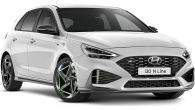










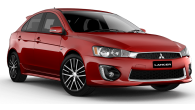

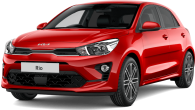


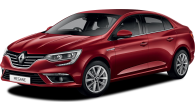
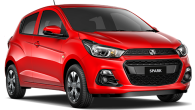
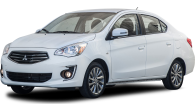






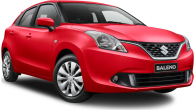





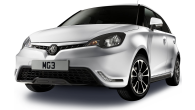


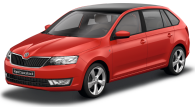

.jpg)

